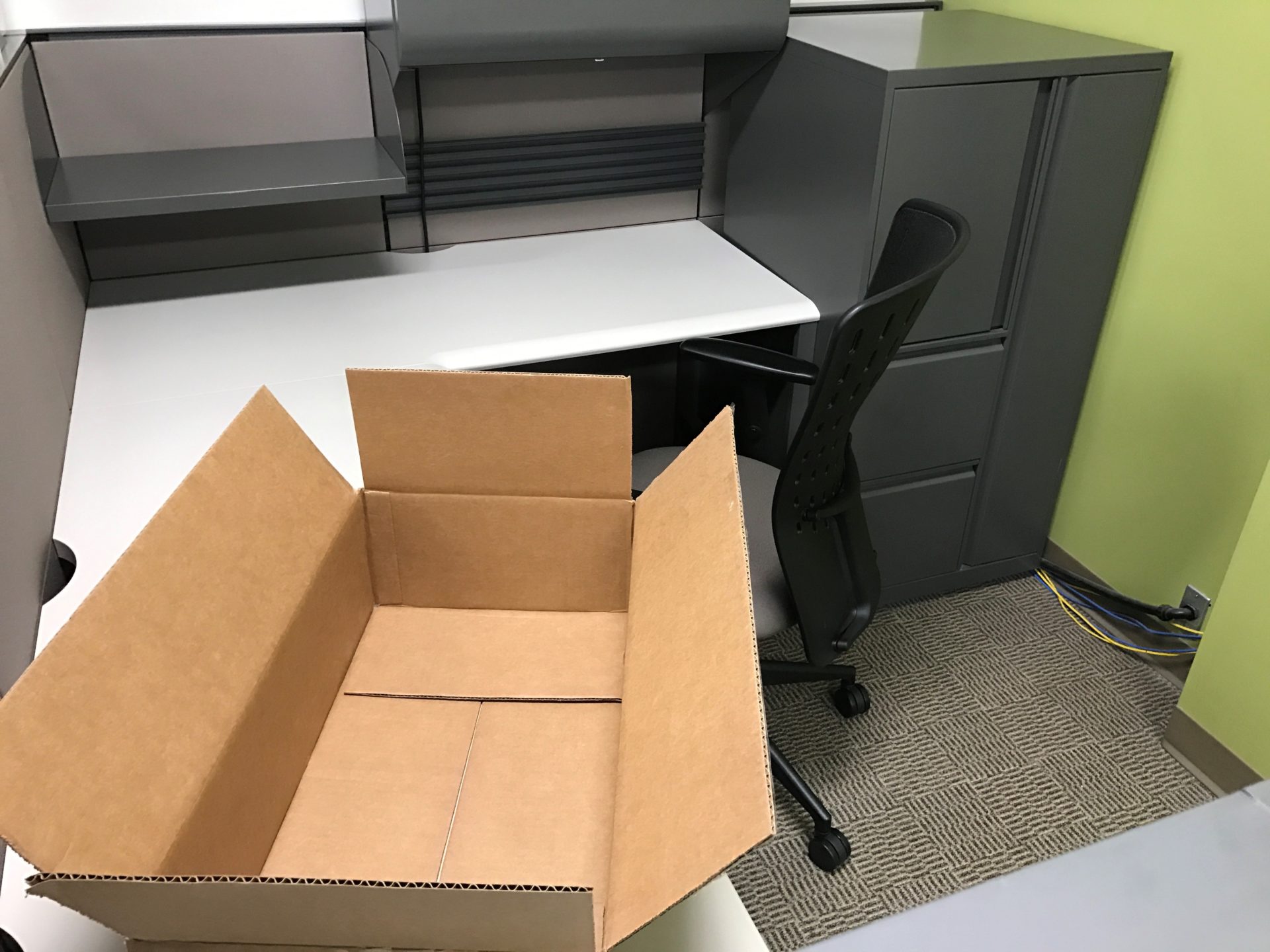
How to Manage Company Moves/Expansions
The growth of any organization brings a level of excitement and, honestly, apprehension for all team members. Why? Because it means change – change to the physical space they sit in, who they sit next to, how far it is to the printer, what they do and even how they do it.
Growth typically requires a review of the organization’s physical space needs. Leadership discussions focus around options to accommodate the projected growth. These options may include:
- Moving to a different physical location.
- Expanding within the existing location (if viable).
- And/or adding remote locations in other cities, states, countries.
Once this decision is made, the designated project manager (PM) begins to develop timelines and budgets. In addition, the PM reviews and may recommend the use of outside resources including, but not limited to, architects, general contractors, office furniture manufacturers, professional movers, IT experts and more. Other important details to determine include:
- How to maximize the work space based on the work being done—storage needs, connectivity speeds, lighting, conference rooms and collaborative spaces.
- When and how to involve staff to get needed input regarding a seating chart, office furniture options, paint colors, storage needs, etc.
- How best to maximize internal communications:
- For large moves, consider a cross-departmental move committee; for smaller expansions select one point person.
- Determine how often updates are needed—daily, weekly, monthly—understanding this may change based on the stage in the process.
- Scheduling demolition/construction, furniture installation/adjustments, seating moves, etc., to allow for the greatest flexibility with the least disruption.
- What things to keep, sell, recycle and donate.
Careful planning is critical to the success of any move or expansion, but remember it’s about more than logistics and numbers:
- When considering the environment where people work every day, there is no detail too small.
- Don’t underestimate the importance and impact of the answer to this most frequently asked question: “Where will I sit?”
- Share what you know through regular, meaningful communication.
- Be flexible and allow additional time for changes, because whether you discover five lines of conduit running down a wall that is being removed, or have furniture stuck in the Panama Canal (true story), surprises invariably accompany construction.
Ultimately, it’s about creating a working environment that fits your culture and meets the needs of your growing organization.



